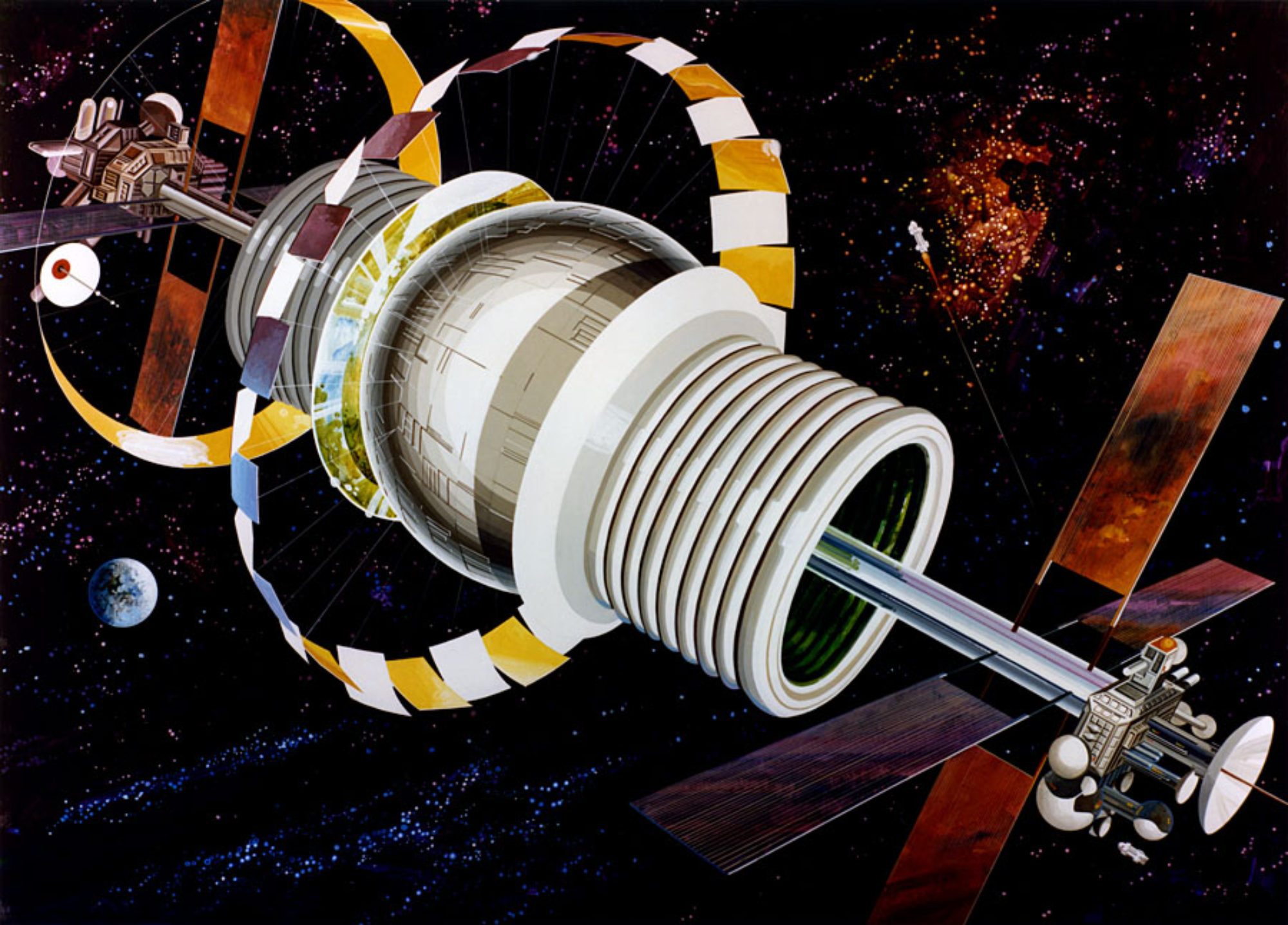As humans move off Earth and settle the solar system and beyond, we will eventually want to know if we are alone or if we will encounter alien life. Astrobiologists up until now have been basing their research on “life as we know it”. Now Stuart Bartlett and Michael L. Wong in a paper in the journal Life are proposing a new definition and vocabulary to describe a more general picture of what life is (or could be). This approach will more clearly define the questions steering the direction of research into the origins of life. The authors propose four processes of the living state: dissipation, autocatalysis, homeostasis, and learning. They suggest a new term for the combination of these four pillars: lyfe (pronounced “loif”). A Venn diagram of these processes would all intersect in the region of lyfe which would including the subset of life on Earth.










